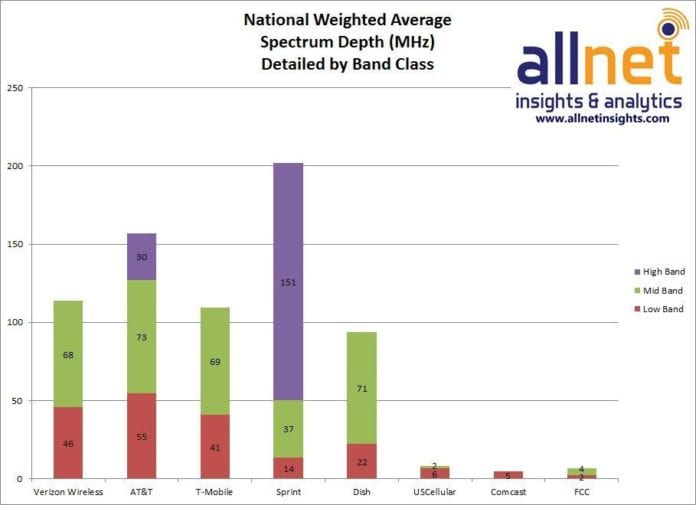Ericsson has redefined its portfolio and vision for cellular IoT technologies in four categories, including two new segments for Broadband IoT and Industrial Automation IoT.
It said the objective of the exercise is to “outline the evolution” of IoT technologies, to encompass higher-powered LTE and 5G applications, and to expand operators’ remit in the IoT space beyond a few initial use cases, which mostly fall into its Massive IoT segment.
A fourth category, called Critical IoT, already exists within Ericsson’s IoT lexicon, as well as in the 3GPP’s phase-one Release 15 specification, which defines ultra-reliable low-latency communications (URLLC) as a third part of the 5G NR system. Critical IoT covers autonomous driving and intelligent transport systems, among other use cases.
The other two 3GPP definitions, massive machine-type communications (mMTC) and enhanced mobile broadband (eMBB), effectively map to Ericsson’s existing Massive IoT segmentation, covering most short-range and low-power wide-area (LPWA) IoT connections, and to its new Broadband IoT segment, which seeks to capture also the higher-power mobile broadband capabilities.
Massive IoT captures standard metering and monitoring applications. Broadband IoT covers non-critical drones and mixed reality applications, among others.
The lower-end Ericsson categories, Massive IoT and Broadband IoT, will evolve with 5G, noted Ericsson. Meanwhile, both the new categories, Broadband IoT and Industrial Automation IoT, make tailored use of existing 3GPP-defined technologies.
 Broadband IoT will emerge as “some tailored version of mobile broadband, but for specific segments”, said Ericsson, and Industrial Automation IoT is a bespoke reworking of URLLC for the industrial set. Industrial Automation IoT captures the most advanced IoT use cases, combining low latencies and high reliability, and compatibility with complex systems for robotics, automation, and control.
Broadband IoT will emerge as “some tailored version of mobile broadband, but for specific segments”, said Ericsson, and Industrial Automation IoT is a bespoke reworking of URLLC for the industrial set. Industrial Automation IoT captures the most advanced IoT use cases, combining low latencies and high reliability, and compatibility with complex systems for robotics, automation, and control.
“The Industrial Automation segment will be based on functionality that’s under definition in Release 16, and beyond,” said Marie Hogan, head of broadband and IoT for business area networks at Ericsson.
Alongside, Ericsson has announced Massive IoT enhancements and new Broadband IoT solutions on existing LTE networks. These will also enable service providers to address diversify their IoT offers to verticals including automotive, manufacturing, and utilities.
Most significantly, it has extended its NB-IoT cell range from 40 kilometres to about 100 kilometres with software tweaks.
Its new Broadband IoT solutions include drone detection and link control, radio access network (RAN) slicing, advanced subscriber group handling, and multi-gigabit LTE for 2Gbps data throughput and around 10 millisecond latency.
Hogan described the new categorisation as a “step-wise” approach as the IoT markets progress to 5G. The new Ericsson segments describe IoT functionality “from the simplest to the most complex”, she said.
Hogan explained: “There is a clear need for service providers to expand with more advanced use cases, across more industries,” she said.
Network latencies reduce with each segment, she observed. Massive IoT, which butts up with unlicensed LPWA equivalents like LoRa and Sigfox, makes minimal requirements in terms of latency and bandwidth. Broadband IoT supports latency of around 10 milliseconds in the LTE radio network.
“That enables a whole new set of use cases, and you can start debating human-machine reaction times as well. When you get to machine-to-machine communications, the latencies go much lower than 10 milliseconds,” said Hogan.
Critical IoT and Industrial Automation IoT applications will make use of 5G. With both those categories, supported by the emergence of 5G, the broader industry will start to deliver on the promise of IoT.
“You could call it the ultra-reliable low-latency and beyond section for 5G,” commented Hogan.
The extension of the NB-IoT cell range to up to 100 kilometres will allow for easier and cheaper network deployments to support remote and rural use cases, said Ericsson. “That’s actually an Ericsson innovation, so we’re quite proud of that one,” said Hogan.
Ericsson has already deployed NB-IoT data connections up to 100 kilometres with Telstra and DISH. Hogan said: “We have a number of other enhancements to that existing Massive IoT portfolio – things like increased throughput, which means more data rates and a little bit more data-demanding use cases can be supported both on Cat-M and NB-IoT.”
NB-IoT connectivity has also been added to Ericsson’s Radio Dot System, its modular indoor small-cell system
Ericsson’s new Broadband IoT solutions, offering higher data rates and lower latencies than Massive IoT, introduce new functionality on top of straight mobile broadband.
It has launched a new use case for drone detection, which makes use of analytics tools to identify drones via the radio link, including whether they are legal or “rogue”. Radio operators can optimise or constrain drone performance accordingly, including with RAN slicing and advanced subscriber group handling.
Ericsson reckons the number of cellular IoT connections will reach 4.1 billion in 2024, increasing with an annual growth rate of 27 per cent.
Fredrik Jejdling, executive vice president and head of networks at Ericsson, said: “Cellular IoT is moving from early adoption with Massive IoT to global rollout. We are now describing ‘what’s next?’ for our customers and how they can make the most out of their 4G and 5G investments on the same network and address more advanced IoT use cases across industries.”
In a press note, Patrick Filkins, senior research analyst for IoT and mobile network infrastructure at IDC, was quoted: “Ericsson has come up with a uniquely clear vision for cellular IoT with well-defined segments for service providers to address new business growth opportunities from industry digitalisation. Ericsson’s cellular IoT evolution concept will support service providers to incrementally allow add-on use cases even within a single vertical.”

